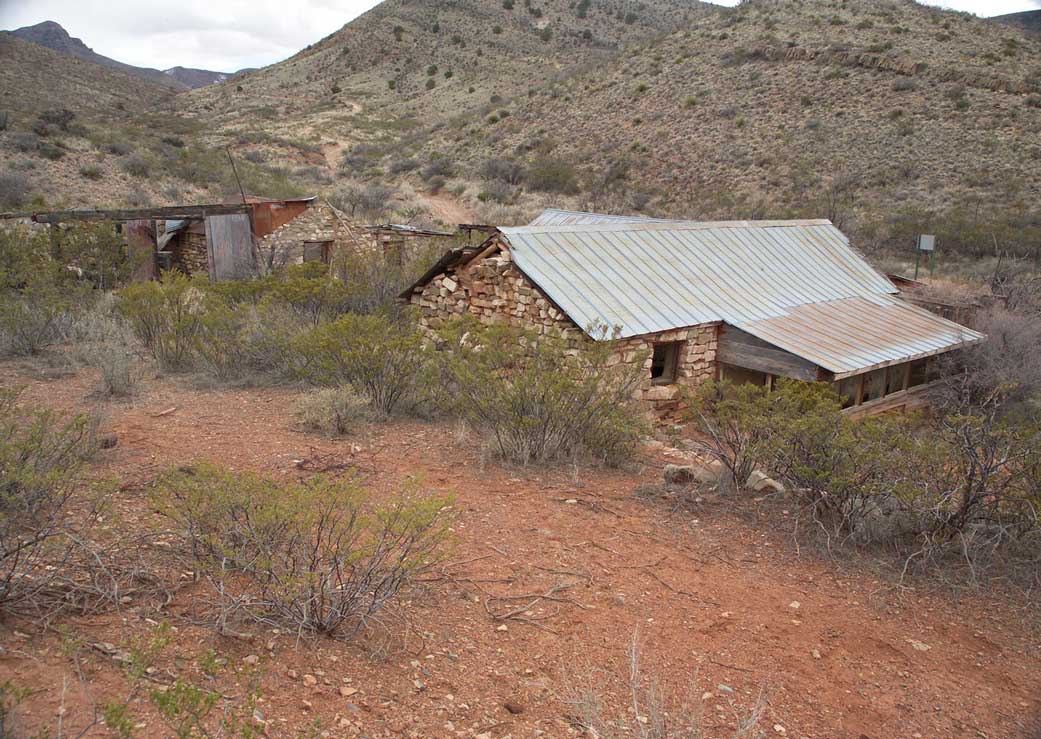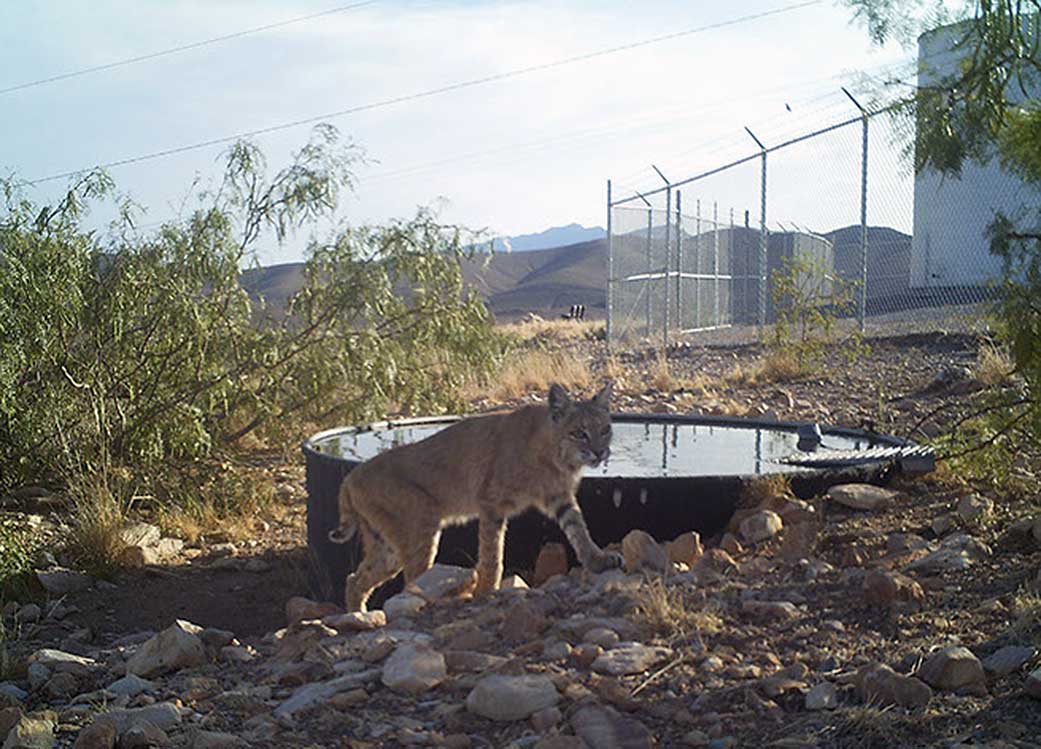
White Sands Test Facility maintains high environmental standards to ensure conservation of our site’s natural environment and the preservation of our cultural resources.
Cultural Preservation
NASA maintains a record of each of the 94 historic and archeological sites found within our boundaries, including artifacts that were found and categorized by the Museum of New Mexico. Several historic properties exist on our site including the Love Ranch, the 200 Preparation Area, and the 300 and 400 Propulsion Test Area historic districts.
The Love Ranch operated from the early 1900s until 1960 and was owned by Dr. Love and his family until it was acquired by the federal government under a lease agreement. The 2-acre ranch complex’s natural and geological resources are protected under federal law and the area is eligible for listing in the National Register of Historic Places.
The 200 Area Preparation Area, an individually eligible historic property, and the 300 and 400 Propulsion Test Area historic districts were instrumental in the Apollo (1962-1972) and Space Shuttle (1969-2011) programs. The development, testing, and refurbishment of the propulsion systems used in these eras was completed at our facility. All three of these areas are eligible for listing in the National Register of Historic Places.
Ecosystem Protection
WSTF’s secure property and remote location provide a protected habitat for plants and animals and we ensure that threatened or endangered species and their habitats are protected during all activities we perform.
Our site contains over 130 species of cataloged plants and diverse wildlife, including 176 bird species. Of these 130 species, an estimated 21 species are listed as threatened, endangered, or species of concern by the federal government.






























